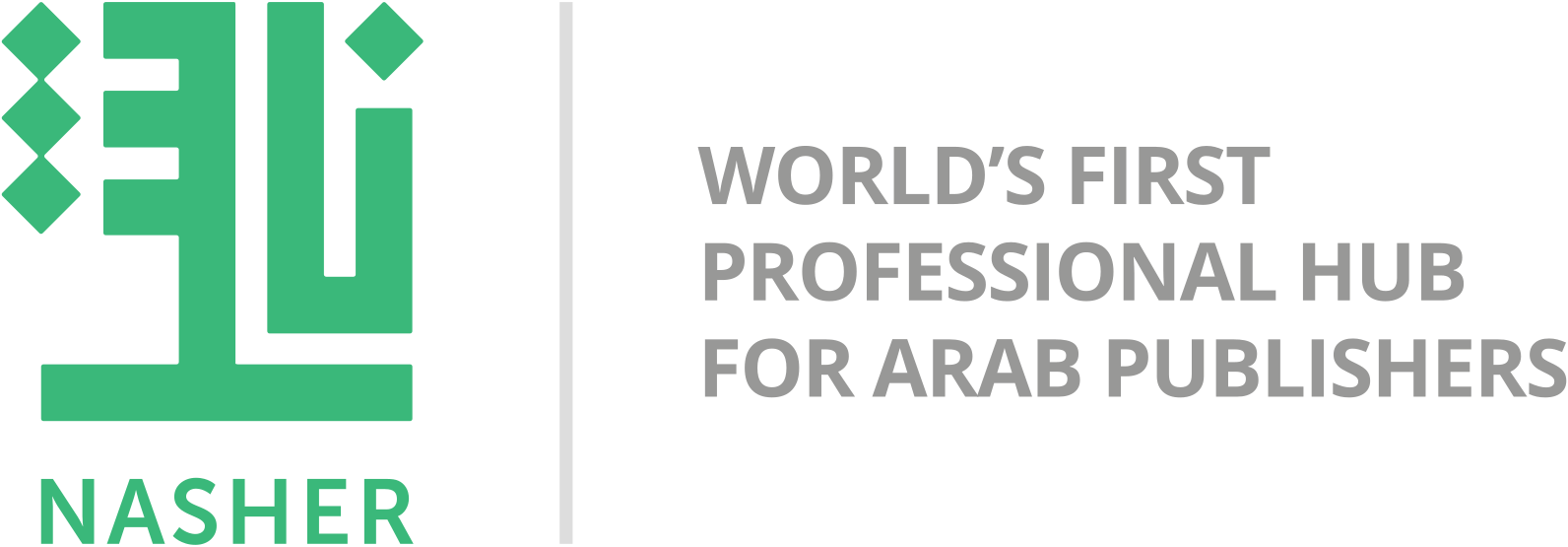Censorship on books – The historical course of freedom for knowledge And additional opportunities for fame
Some historians believed stringent censorship began in early Europe but there is evidence that its roots date back to the pre-notation era in the Arab culture, before the 2nd Hijri century. There are instances where simply breaking boundaries through speaking was treated with severe punishment, including cutting tongues out and physical torture.
Dr. Fouad Shahin says in his introduction to the translation of ‘The History of Censorship on Publications’: “The rise of censorship started with the emergence of printing, although it was in place to some extent prior to that with regard to manuscripts. Its beginnings were led by the church and religious institutions, especially the University of Theology at the Sorbonne in Paris, where tight censorship was imposed over protestant publications – the punishment for breaches of censorship extended to burning to death on charges of atheism”.
Censorship in Arab history
Arab heritage stories talk of the foundations of censorship dating back thousands of years. They describe how Abd Yaghuth Al Harthi, who – although being chief of his tribe – had his tongue tied with thread to prevent him from composing and reciting poems banned by the tribal system that prevailed in the pre-Islamic era.
The biography of the famous Arab poet Tarafa Ibn Al Abd tells of another harsh punishment from the cradle of censorship in Arab history. Tarafa’s uncle warned him: “Woe to this from that,” pointing at his head and then tongue, meaning speaking out against the establishment could cost him a heavy price. That is exactly what happened after Tarafa continued his protests – he had his tongue and head cut off by the ruler of that time.
Banning and blocking the publication of certain materials in modern times has a profound effect on those who wish to promote and express their own opinions and ideas. .It raise a number of questions. Why do we see censorship as bad? Is there positive and negative censorship? Is it possible for censorship to benefit publishing houses? What censorship is possible and practical with regard to electronic books and the internet? And what is the relation between legislation and censorship?
Freedom in the face of censorship
Since its earliest days, censorship has always been linked to the evolution of freedom – or lack of it – not only through politics, but through the influences of power, religion, community hierarchies and many other factors in different societies. Our modern perception of censorship and the necessity of freedom has led to a variety of definitions and actions. Robert Stefan wrote on the basis of the ‘models theory’: “Censorship is the action of disconnection”. Meanwhile, the French poet and screenwriter Jean Jacques Prévert identified censorship as: “The excuse that allows denying the matter in favour of suppressing the word”. Jacques Brochet added: “Censorship is like the devil as it proves its existence while trying to make us believe that it does not exist.”
These visions and theses refer to thousands of books that were banned from publication, providing a rich source of material to study and understand the history of censorship. In the book Censorship History of World Literature, three American authors introduce the most famous 120 banned books. The authors present the books in four main categories: political, religious, sexual and social. Every category contains 30 books that take the form of a summary followed by a brief history about their ban, restriction or imposed censorship.
French writer Robert Netter provides a detailed history on the concept of censorship in Europe in his book ‘The History of the Censorship of Publications’, which shows the transformations that took place place prior to the discovery of printing until the French Revolution. We see the different types of censorship and the course of their development to the extent that censorship no longer needed outside factors – it developed into self-censorship – more restrictive and destructive than enforced bans.
The most famous banned publications
Many of these investigations, reports and research do not document the most important Arab and global publications that were subject to the censor’s authority. Most of them refer to the most famous rather than most important. Some of those which have achieved fame include Naguib Mahfouz’s novel Children of Gebelawi, first published as a series in Al Ahram daily newspaper in 1959. It was met with severe opposition by the religious authorities and criticised by grand Imams of Al Azhar-Egypt’s supreme religious authority who called for a halt to its publishing. Another famous case is Syrian writer Haidar Haidar’s novel, A Feast for the Seaweeds, which was published in 1983, The novel tells the story of a communist Iraqi man who fled the country’s regime to Algeria, where he met a female freedom fighter as the Algerian revolution was taking place. The novel was banned in Egypt and other Arab countries and met yet another angry reaction from the clerics of Al-Azhar University when it was reprinted in Egypt in 2000.
The story of such banned publications can often have a positive effect on the books and their authors. The censorship provides a genuine marketing opportunity where the banned books stimulate interest and curiosity. Media coverage of the banning introduces the subject matter to a mass audience and many publishing houses are keen to print the books surreptitiously in order to make the most of the demand. Ironically these publications may achieve good sales, with their notoriety giving them a greater impact.
We can see evidence of this with some authors who were unknown to Arab readers until their books were banned, such as the novel of the Indian British writer, Salman Rushdi who published his famous novel titled The Satanic Verses in London in 1988. Nine days later, India banned the writer from entering its territories. In addition, the publishing house which printed the book received thousands of threats and telephone calls demanding that the book be taken off shelves and not sold in a number of Arab and Islamic countries, even in Asia and Africa. Protests against the book took place in many of the world’s capital cities and a huge number of copies were burnt in Bradford in the UK. Furthermore, Ayatollah Khomeini, the late Supreme Leader of Iran, issued a fatwa calling for the death of the author.
It is a similar story for the novel The Da Vinci Code by Dan Brown – a detective novel published in 2003 that achieved sales of 70 million copies, and was translated into 50 languages. Ranked by the New York Times as among the top bestselling novels, the book was banned from entering Lebanon, Jordan, Egypt, Vatican City and other European countries, but was then permitted after an appeal which ruled that the ban was not based on reasonable causes.
Censorship challenges laws
These publications and others once again raise questions about legislation and international laws concerned with the activation of censorship and the efforts to raise the global ceilings of freedom. In 2004, the human development report ‘Towards Freedom in the Arab world’ was released, discussing political regimes, the forms of abuse of power and the legal, institutional and religious dimensions of political reform. Although the report faced challenges that prevented its publication due to its tough criticism to the Iraq war, it finally appeared without modification.
The print and publishing laws in the Arab world include legal provisions that regulate the release of publications and limit the margin of freedom within them. The overall laws on publications and publishing in the Arab world involve provisions such as: “When any publication is issued, 10 copies shall be deposited in the governorate or the directorate in which the edition exists. A receipt should be given against this deposit… it is permitted – in order to maintain public order – to ban publications issued overseas from entering and being sold in the country. This ban shall be pursuant to a special decision from the Cabinet (Council of Ministers). This results in the prevention of reprinting these publications, publishing and selling them inside Arab countries… the Council of Ministers may also ban selling the sensual publications in Egypt, as well as those which deal with religions in a way that disturbs the public peace.”
Today, with the growth of electronic publishing, traditional censorship faces an obvious conflict with e-books and internet literature. Additionally, with the development of new forms of technological and technical censorship, e-publishing is facing new types of suppression from certain countries – the banning of certain websites altogether.







